One of the educational emphases of The Earl Wentz and William Watkins Foundation is “expanding the vision and abilities of young artists by encouraging them to learn about and experience a cross-section of artistic activities in disciplines outside their primary areas of interest”.
Using a multi-disciplinary approach helps us see and understand the world in more profound ways and, as artists, to make richer and more interesting choices in our expressive work.
Stories can be expressed artistically in many different ways, through many different disciplines. Describing the process, particularly as it relates to acting and directing, often is best done metaphorically. These metaphors can be gleaned from the various modes of expression of similar ideas by analyzing construction, composition, color, tone, etc.
To get you started….
Following are two exercises — taken from my forthcoming book Expansion: Toward a Multi-Disciplinary Approach to Creativity and Expression — that show how studying and experimenting with photography can be used in the dramatic arts. Exercise #1 introduces you to the approach. Exercise #2 applies it to the realm of the playwright or author.
I’ll include other examples for actors and directors in the next blog post in two weeks. In the meantime, please also feel free to have a look at some of the recently added images in the “Images Gallery”. What do they say to you and why?
I welcome your feedback on this approach and the exercises below. As always, feel free to submit “comments” at the bottom of this page.
Have fun!
EXERCISES
For each exercise, please view the images related to the exercise then complete the brief “survey” questions. There are no “right” or “wrong” answers, only choices. After completing the questions, you will be able to see how your choices compare to those of other readers of this blog.
Exercise 1:
The six images below each have different emphases, light exposures, and frames (different croppings). Sometimes these are subtle; sometimes they are radically different. (You can click on each image to enlarge it if you would like to view it in more detail.)
Each involves different choices on the same subject about what to “tell” and how to “tell” it.
You can only tell one story. Which image do you choose to tell it and why?
Exercise 2:
Click to enlarge any of the thumbnail images in this exercise.
You’re a playwright. This image shows a big story that you’ve encountered:

You’ve got to pare that down, though, to get it on the stage and within a reasonable playing time. Here’s a first edit:

Now where do you go?
In the “survey” below, choose your approach and tell why.
Remember to check for additional exercises in the next blog post!
© William B. Watkins and “William Weighs In”, 2014-2015. All rights reserved, including the right of reproduction. This blog and all its content and components, including but not limited to photographs, videos, and text entries, are fully protected by all copyright laws of the United States of America and by international covenants. This work may not be reproduced in whole or in part in any form. Unauthorized use and/or duplication of this material without express and written permission from this blog’s author and/or owner is strictly prohibited.


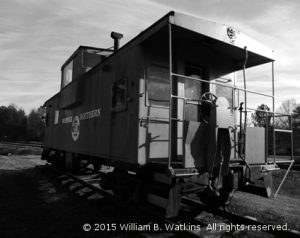
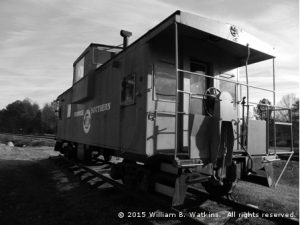

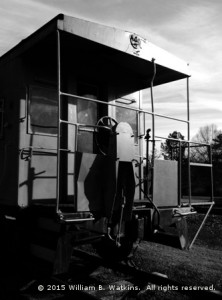

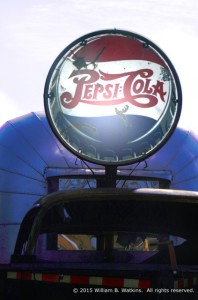
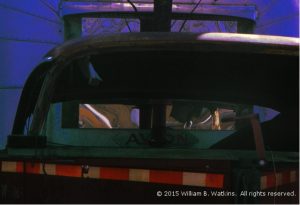
Bill
I’m not sure I am smart enough to understand this exercise. I can’t wait to see what others choose and why and for you to explain it to me so I “might” do better on future exercises.
I’m sure that you are plenty smart. Don’t over-think this. There’s no right or wrong answer. Basically, let the story that comes to you when you look at the first image arise in your mind. Then choose which image is most in line with what you want to convey about that story. Some possible choices to consider are “Is this a ‘dark’ story?”; “Do I just want to focus on a part of the whole story?”; “What part?”
(There are many possible considerations; again, none are “right” or “wrong”. The possibilities are only limited by you.)
Then think about why you’ve made the choices you’ve made in the exercise and share some thoughts on that.
It does look like the ability to see everyone else’s choices after you complete the exercise isn’t fully functioning on some computer systems. I’m working on correcting that right now.
Thanks for participating in these exercises. And thanks for your feedback!
Bill
This is fully functioning now. If you participated in these two exercises before today (January 20), you may want to try them again. There’s now a “Continue” button at the bottom of each question page for you to click to register your answers.
You will be able to see your own answers and how they compare to those of other people participating in the exercise. (Names of participants are not given with their answers.)
Enjoy!
Bill
I have to say, I don’t often think about how I would tell a story as I usually have a script to go from. It made me think back to my graduate school experience!